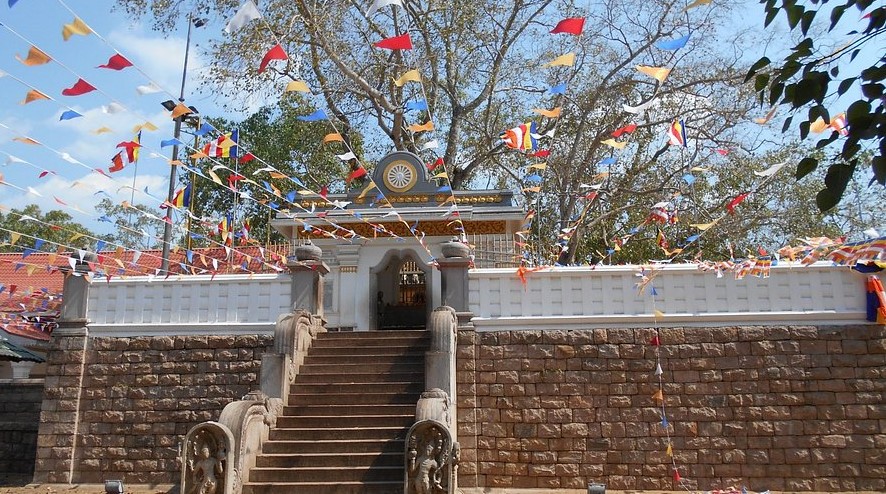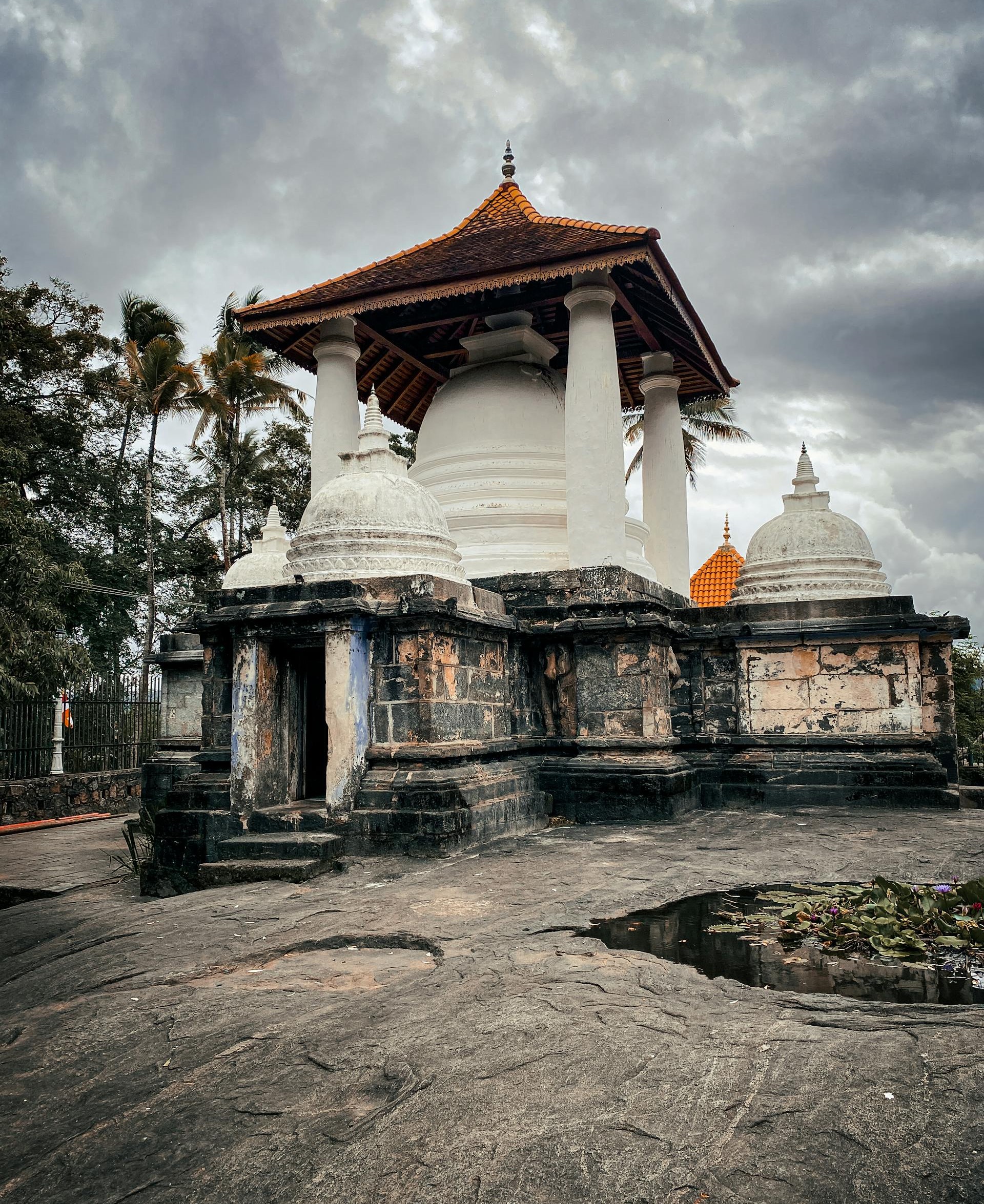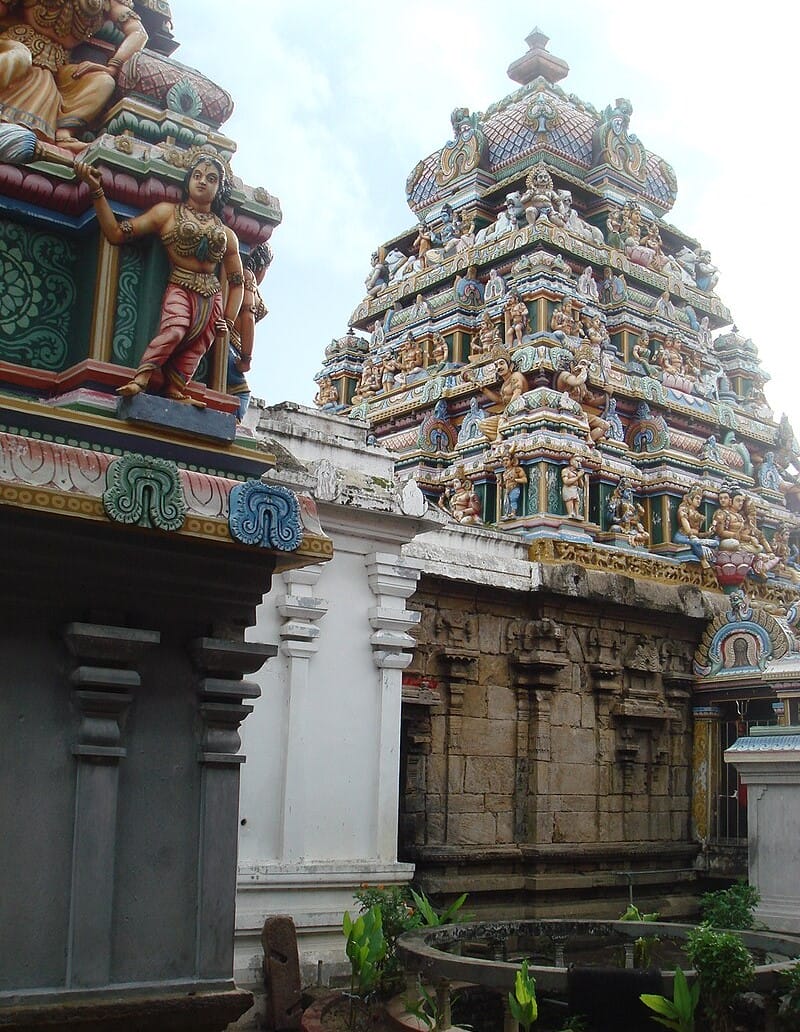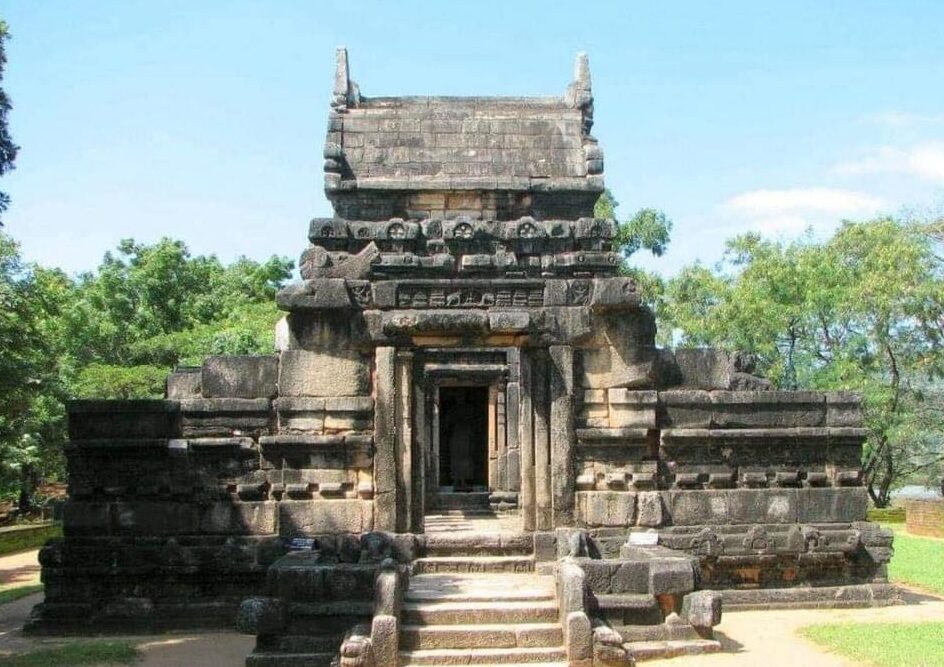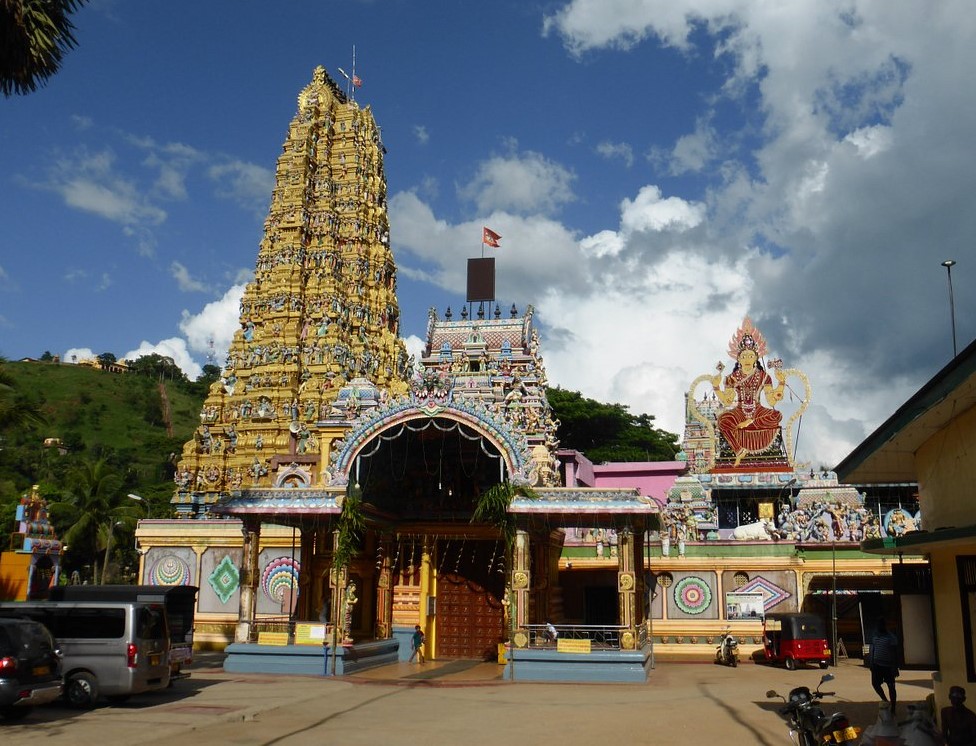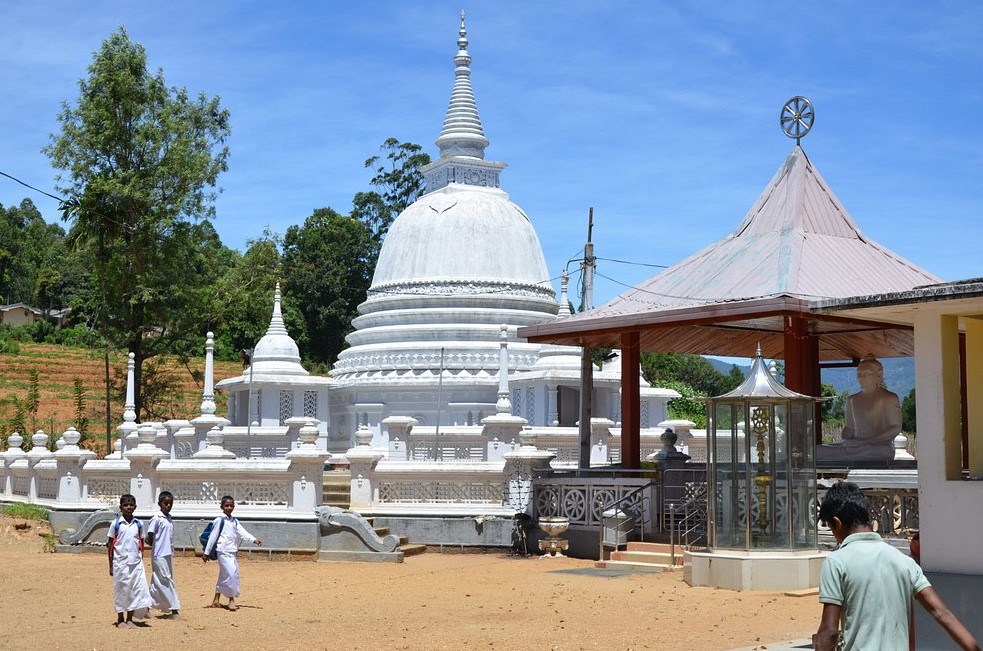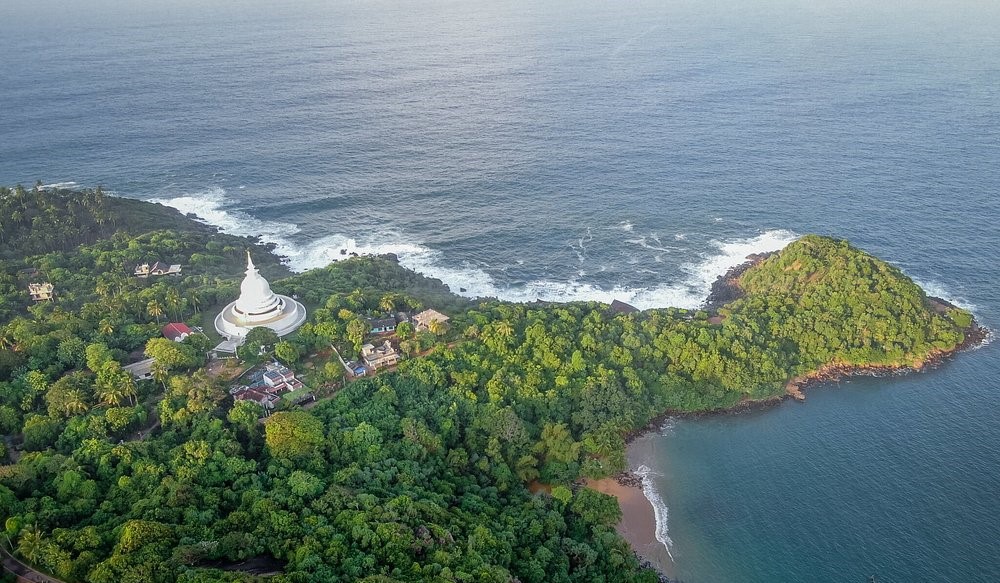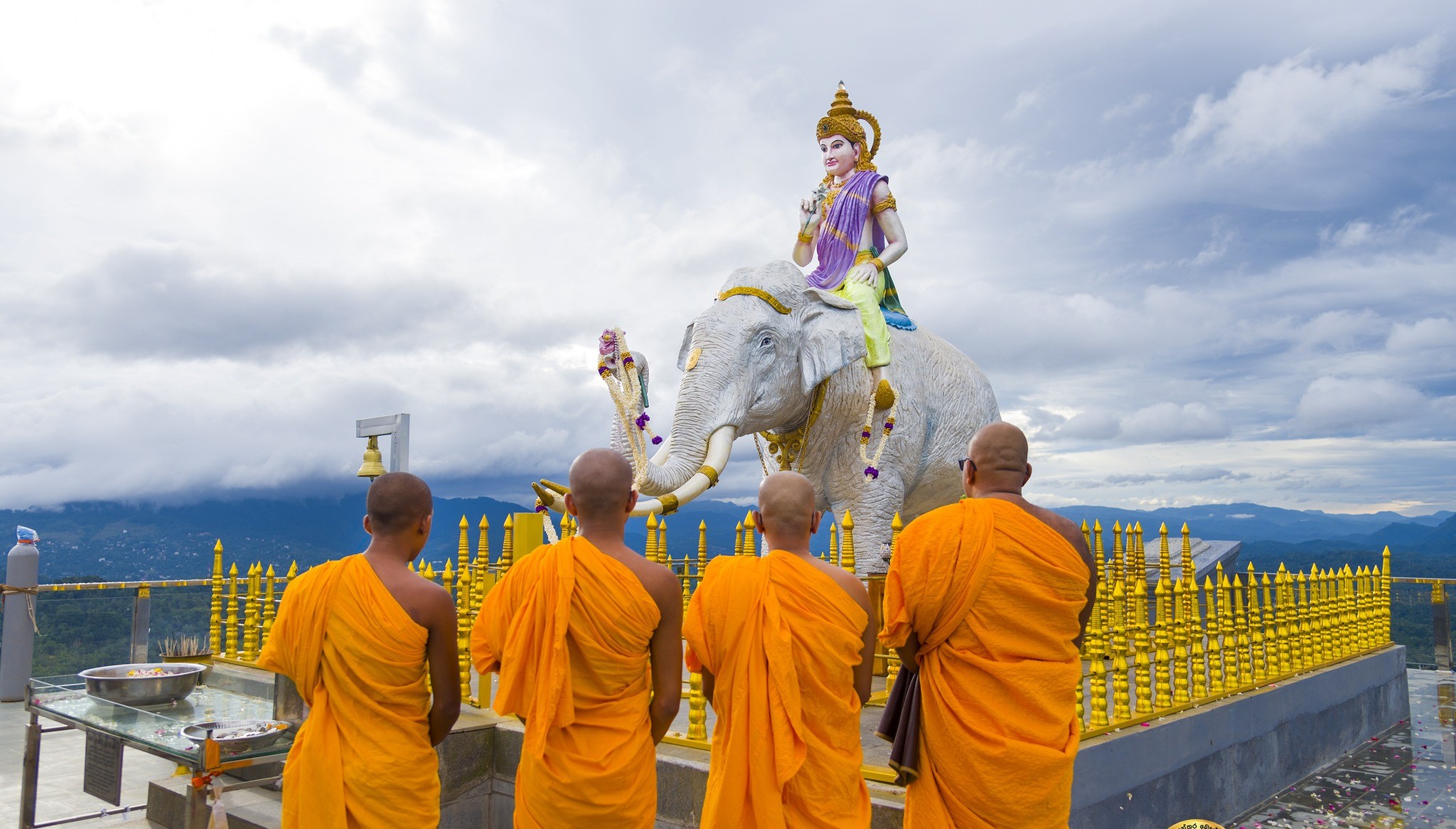Jaya Sri Maha Bodhi: An Ancient Sanctuary in Anuradhapura
Nestled within the historic city of Anuradhapura, the Jaya Sri Maha Bodhi is not just a tree; it’s a living relic with a story that spans over two millennia. This revered fig tree holds immense significance for Buddhists in Sri Lanka, believed to have…
Exploring Kandy’s Three Temple Loop: Ambekka, Gadaladeniya, and Lankathilake
Kandy, often referred to as the cultural capital of Sri Lanka, is a city steeped in history, spirituality, and architectural wonders. Amidst the city’s lush green landscapes and picturesque scenery, there’s a hidden gem known as the “Three Temple Loop.” This route encompasses three…
Exploring the Beauty of Nallur Kandaswamy Kovil in Jaffna
Tucked away in the heart of Jaffna, Sri Lanka, lies a cultural treasure that has withstood the test of time: Nallur Kandaswamy Kovil. In this article, we will embark on a journey to uncover the historical and spiritual significance of this sacred temple, and…
Exploring the Splendor of Munneswaram Hindu Kovil in Chilaw
Nestled in the heart of Sri Lanka, the Munneswaram Hindu Kovil in Chilaw is a true marvel of culture and spirituality. In this journey, we will uncover the temple’s profound history, and cultural significance, and why it is a must-visit destination for those seeking…
Discover the Rich Heritage of Nalanda Gedige Temple in Sri Lanka
Hidden amidst the lush greenery of Sri Lanka lies a cultural treasure, the Nalanda Gedige Temple. This ancient temple shrouded in history and spirituality, stands as a testament to Sri Lanka’s rich heritage. As a traveler, this is a place you simply must visit….
Sri Muthumariamman Temple (Hindu Temple) in Matale
Sri Muthumariamman Temple is a Hindu temple that is situated in Matale. Most of the Tamil people also called this Arulmigu Sri Muthumari Amman Kovil. The place is an honorable place for both Hindu and Buddhist devotees. It is an open place for locals…
Thirukoneswaram Kovil in Trincomalee: An Ancient Temple with Stunning Views and Ramayana Connection
Located on the beautiful eastern coast of Sri Lanka, Thirukoneswaram Kovil in Trincomalee is a significant Hindu temple that showcases ancient architecture, religious devotion, and a connection to the famous Ramayana story. This sacred temple is a must-visit for both religious pilgrims and history…
Divurumpola Temple: A Sacred Destination for Ramayana Tour Explorers
Located in the beautiful country of Sri Lanka, the Divurumpola Temple is a special destination for those on the Ramayana tour. This ancient temple is surrounded by peaceful surroundings and carries a deep historical and cultural significance that connects with the epic story of…
Discovering the Mystical Charm of Rumassala Sanjeewani Mountain on Your Ramayana Tour in Sri Lanka
Embarking on a Ramayana tour in Sri Lanka is a remarkable journey that allows you to delve into the ancient Hindu epic and explore the sacred sites associated with Lord Rama and his mythical adventures. One such enchanting destination that holds immense significance is…
Nelligala International Buddhist Center: A Tranquil Haven for Spiritual Enlightenment
Introduction Nestled amidst the lush greenery of Sri Lanka, the Nelligala International Buddhist Center stands as a serene refuge for seekers of inner peace and spiritual growth. With its captivating surroundings, ancient traditions, and profound teachings, this sacred site has become a significant destination…

